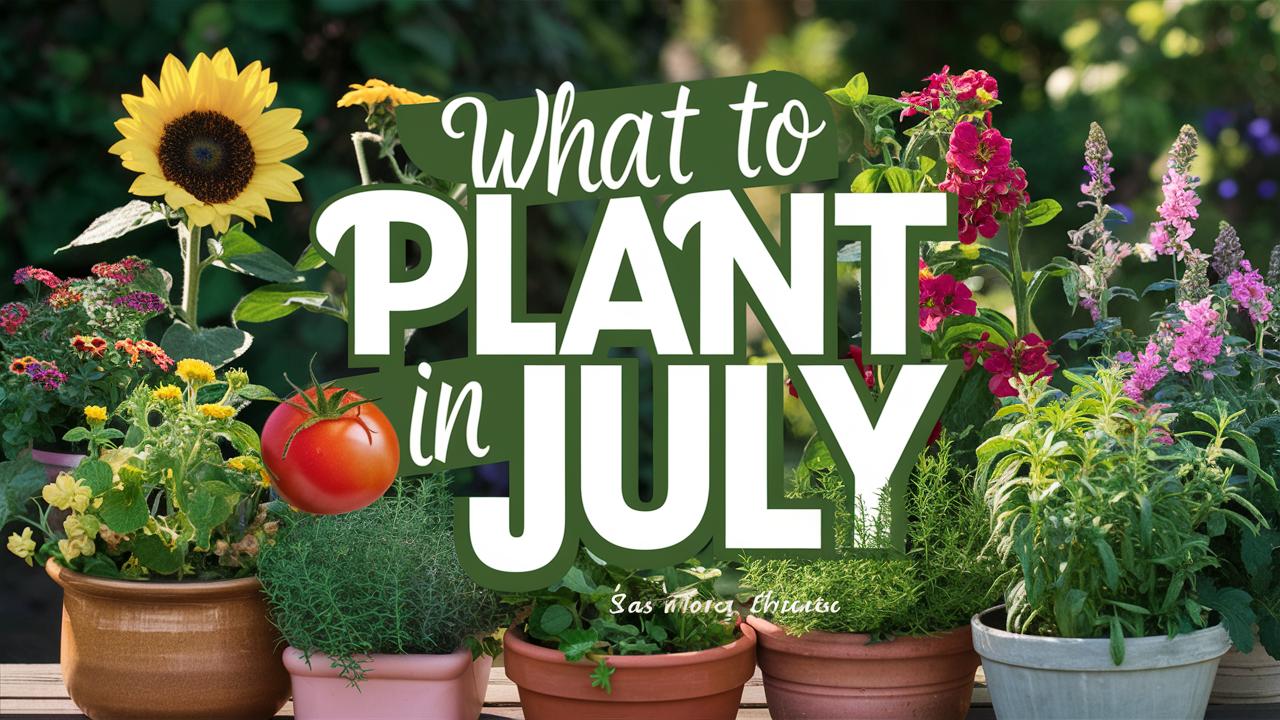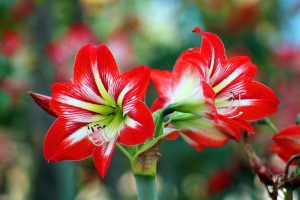This guide will help you navigate what to plant in July, tailored to various growing zones, ensuring that your garden remains lush and productive.
What To Plant In Zone 3 In July
Zone 3, characterized by its short growing season and harsh winter conditions, requires careful planning and smart selections for July planting. Nonetheless, there are still plenty of options for vibrant greenery and bountiful vegetables.
Leafy Greens
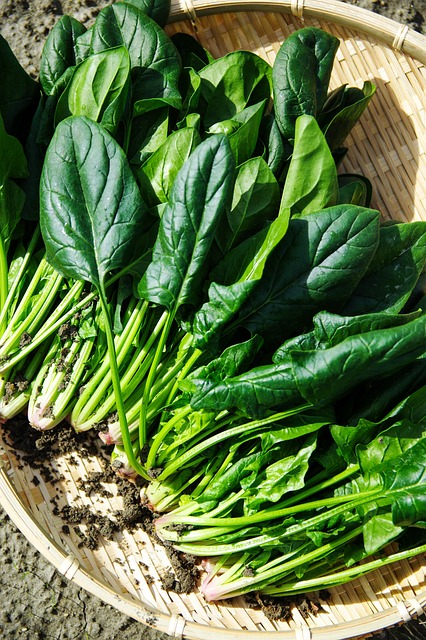
In the cooler climates of Zone 3, leafy greens are a beautiful sight that can be sown directly into the ground in July. Varieties like spinach, kale, and Swiss chard thrive during the warmer part of the summer, with quick germination rates. They will flourish under the warm sun and cooler nights, providing deliciously tender leaves well into fall.
Peas
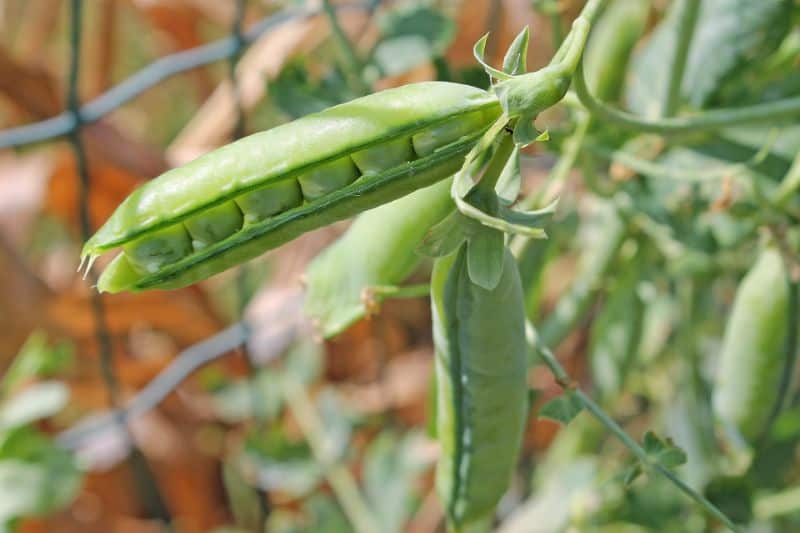
July is still an optimal month to sow another round of peas in Zone 3, especially the shorter-maturing varieties. Snow peas and snap peas offer a crisp bite and can tolerate the cool nights. They sprout relatively quickly, allowing gardeners to enjoy fresh pods by late summer.
Turnips
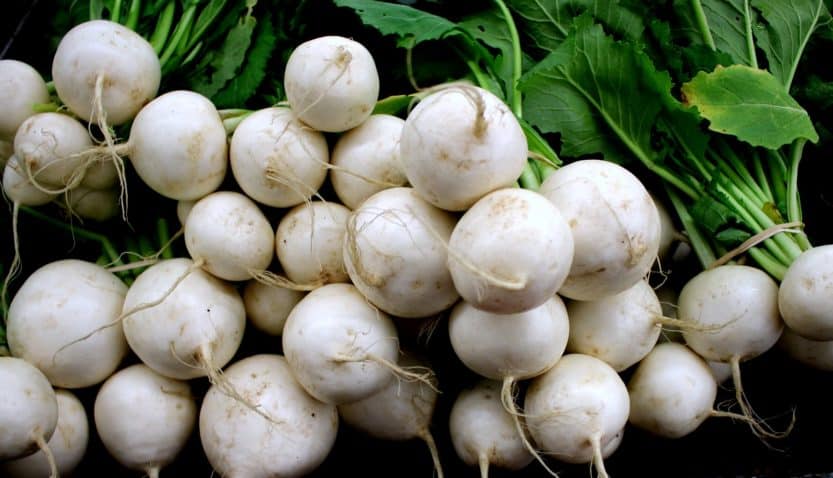
Another fantastic root crop, turnips, can be sown in July. They have a short growth cycle, allowing for an early fall harvest. Their greens are also edible, offering a two-for-one benefit. Turnips perform well in full sun while benefiting from ample moisture.
Beets

Beets are a versatile root vegetable that will flourish when planted in July. Their vibrant colors and earthy flavors can be harvested in late summer as baby beets or left to grow larger into the fall. Beets grow well under various conditions and are resilient against cooler temperatures.
Carrots
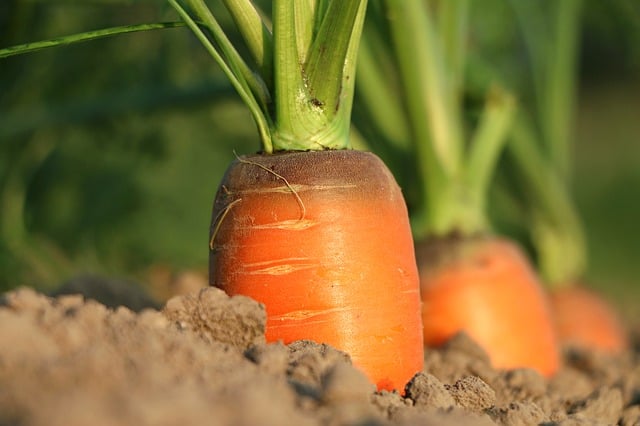
July is the perfect time to sow fast-growing carrot varieties. While conventional advice suggests earlier sowing, these can still produce a delightful harvest in the fall. Loose, sandy soil helps with the development of long, sweet carrots, making them a favorite among gardeners.
Brassicas
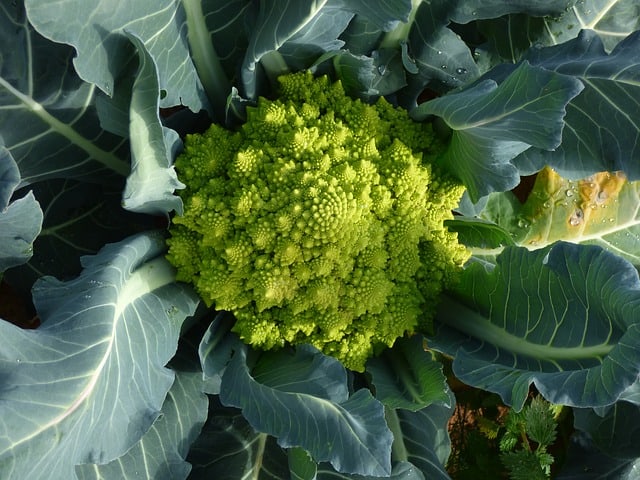
Planting brassicas such as broccoli, cauliflower, and cabbage is an excellent endeavor in July for Zone 3. These hardy vegetables can withstand the chilly nights and will mature in late summer to early fall. Choose varieties suited for the shorter season to maximize your success.
What To Plant In Zone 4 In July
Zone 4 experiences slightly milder conditions, allowing gardeners more options. July is prime time for a plethora of vegetables, some of which can also be started indoors.
Summer Squash
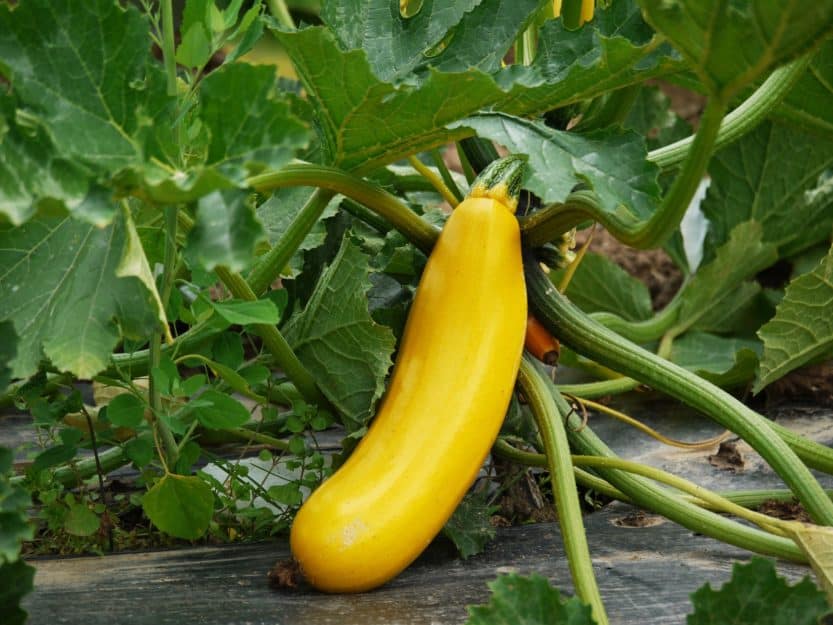
In the longer days of July, summer squash like zucchini and yellow squash can still be sown directly into the ground. Their fast-growing nature means you’ll likely harvest your first fruits in just a few weeks. These vegetables thrive in full sun and can produce abundantly with sufficient watering.
Cucumbers
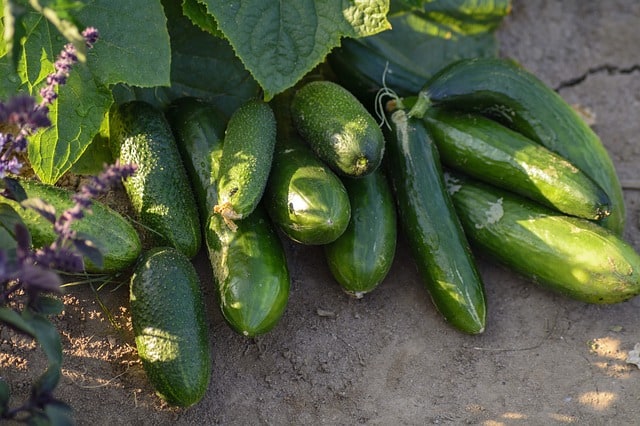
Cucumbers are another favorite for July planting. In Zone 4, you can select both slicing and pickling varieties. Cucumbers love warmth and moisture, so ensure they are well-watered, and they will reward you with crisp, refreshing fruits ideal for summer salads or pickles.
Green Beans
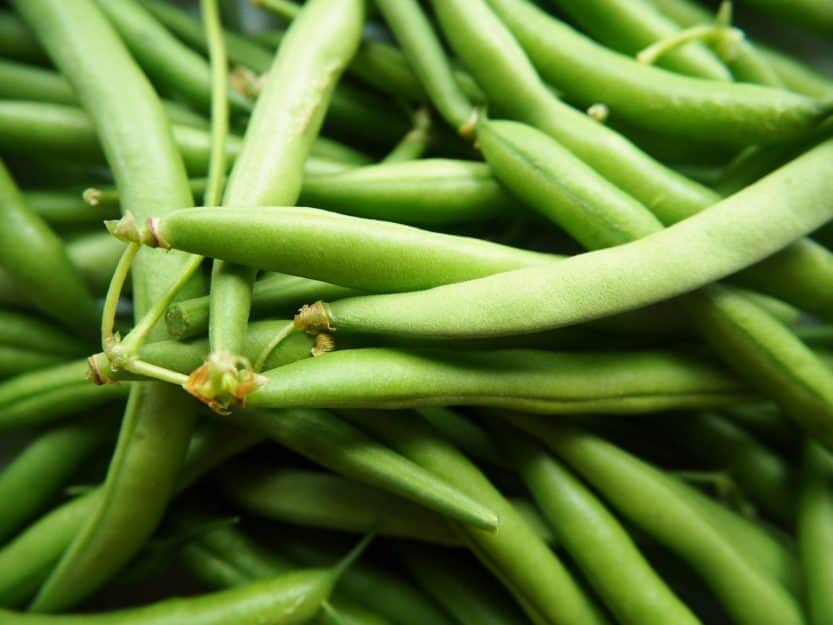
Bush beans or pole beans can also be planted in July. Planting beans this late in the summer takes advantage of the heat, producing plentiful yields. They are perfect for quick-fix garden vegetables and can be canned for winter use, extending their enjoyment through the colder months.
Sweet Corn
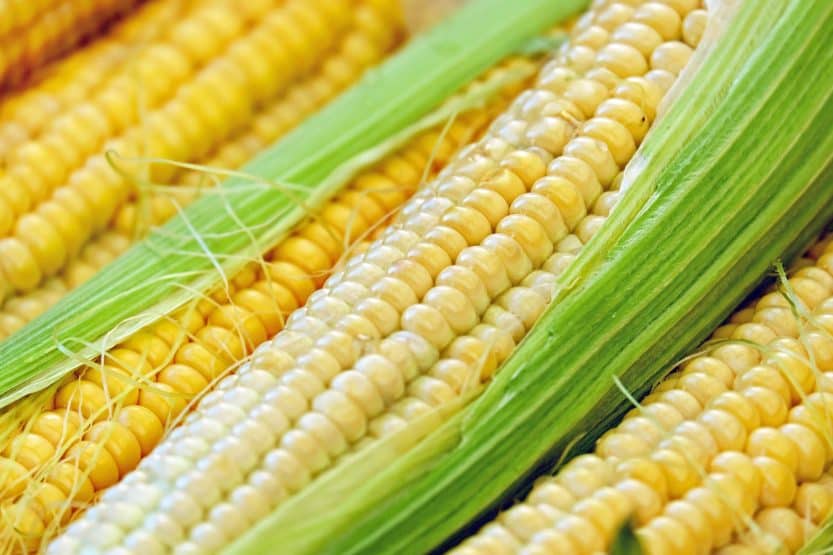
For those who want a late summer sweet corn harvest, July is the time to sow. Select fast-maturing varieties, and plant in blocks to enhance pollination. The warmth of summer will allow sweet corn to reach its full potential, providing delicious ears ready for butter and grilling.
Beets

As mentioned previously for Zone 3, beets can be successfully planted in Zone 4 as well. They adapt to a range of soil types and add vibrant color and taste to your garden and dinner plate.
Turnips

In July, turnips can also be sown in Zone 4, with the same twofold benefit as in Zone 3. Their ability to handle cool nights makes them an excellent choice for the late summer garden.
Carrots

Carrots planted in July will benefit from the long-growing days of late summer. Even late-sown carrots can achieve good roots by fall; the cooler temperatures of autumn often enhance their sweetness.
Radishes
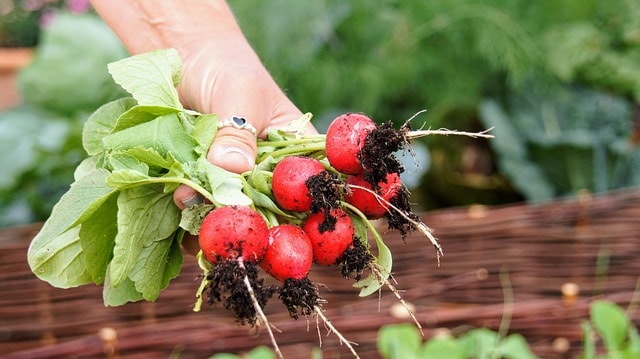
Radishes love the warm soil and quick returns. They can be planted in July for a rapid harvest. These fast-growing root vegetables can add flavor and crunch to your salads while being incredibly easy to grow.
Greens

Leafy greens like arugula, lettuce, and bok choy can be sown in July for a fresh summer harvest. These tender greens typically grow quickly, allowing for several cuttings throughout the growing season.
Brassicas

Continuing the theme from Zone 3, July is still an optimal month for sowing brassicas in Zone 4. Plan for shorter varieties to ensure they have adequate time to mature before the frost.
What To Plant In Zones 5 and 6 In July
In the gentle climate of Zones 5 and 6, the growing season is longer, leaving ample room for a variety of plantings in July.
Cucumbers

Cucumbers thrive during this late summer heat and can be direct-sown into the garden in July. Known for their sprawling vines, these plants will provide delicious fruits perfect for salads or pickling. Regular watering ensures they remain healthy and productive.
Summer Squash

These friendly veggies love the warm sunshine and soil. Planting summer squash in July allows gardeners in Zones 5 and 6 to enjoy an abundant harvest before fall arrives. Choose varieties like zucchini and pattypan for easy care.
Green Beans (bush beans)
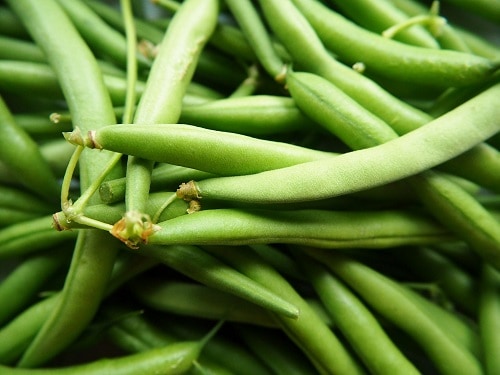
Bush beans have the upper hand in July plantings. Their compact nature means they grow fast and can be harvested multiple times. You’ll enjoy the sweet green beans while they are still tender, perfect for sautéing or steaming.
Sweet Corn

Want sweet corn? Plant in July! These sunny delights need warmth and care for adequate pollination. Ensure enough space between plants so they can grow tall and strong, delivering a flavorful treat right out of your garden.
Green Onions
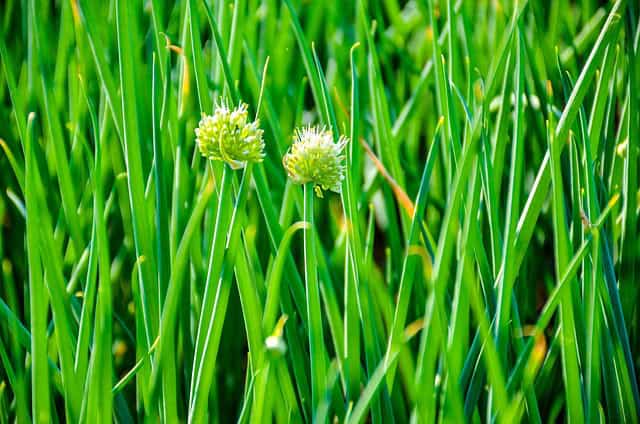
Green onions are delightful, versatile, and simple to grow. Sow seeds directly into the soil in July, and you’ll see the fruits of your labor appear quickly. Use them fresh in salads or as a garnish for soups and plates.
Kale

This nutrient-dense leafy green thrives in cooler weather but can be planted now for a fall harvest. Kale will become sweeter after the first frost, making it a wonderful late-season crop that can withstand adverse conditions.
Lettuce

Lettuce can be sown in July for a refreshing summer harvest. Varieties like butterhead and romaine thrive in the heat and can be harvested as baby greens for earlier crops. Their quick growth makes them an ideal choice for those looking to enjoy salads frequently.
Peas

While the peak season for peas has passed, planting a second batch in July can yield some amazing late-summer pods. They thrive in the warmth and can provide a delightful treat when the temperatures start to cool.
Beets

Still a top choice for Zones 5 and 6, beets can be directly sown in July. They enjoy well-drained soil and regular watering; you can grow them successfully with relative ease.
Turnips

Turnips planted now will benefit from the cooler temperatures in late summer and fall. Their versatility in both leaves and roots make them an easy choice for a late summer harvest.
Carrots

Planting carrots in July offers flexibility; they can withstand varying temperatures while producing long, sweet roots. Opt for varieties with a more rapid growth cycle to ensure a successful fall harvest.
Radishes

Radishes are one of the quickest crops you can grow and are perfect for July planting in Zones 5 and 6. Enjoy their crisp texture and peppery flavors, great additions to fresh salads.
What To Plant In Zones 7 and 8 In July
For gardeners in Zones 7 and 8, July is a fantastic time to sow a variety of warm-weather favorites.
Sweet Corn

July is the ultimate time for a sweet corn crop in these zones. Plant in blocks to optimize pollination and ensure a rich harvest of sweet, juicy ears. Proper irrigation will be essential for your corn throughout the hot months.
Green Beans (bush beans)

Bush beans continue to be a staple crop in July. These easy-to-care-for plants grow quickly and can yield multiple harvests over the summer. Enjoy their crispiness in a variety of dishes.
Cucumbers

These moisture-loving plants thrive in the heat, establishing themselves quickly when planted in July. With a little care and attention, you can enjoy an abundant cucumber harvest for salads and pickles.
Summer Squash

Whether it’s zucchini or summer squash, planting these varieties in July allows for early to mid-fall harvesting. They thrive under the sun and are a delightful addition to any summer meal.
Leafy Greens

Greens like spinach, Swiss chard, and lettuce can still be sown in July; they appreciate the warm soil. Planting them later in the season sets you up for enjoyable salads as temperatures cool down.
What You Can Plant In Zones 9 and 10 In July
In Zones 9 and 10, you’re in the heart of summer, offering a unique opportunity to cultivate various plants that thrive in the warmth.
Summer Squash

Similar to other zones, summer squash remains a champion for planting in July. Choose fast-maturing varieties for quick yields during the warm months. Easy to grow, these summer staples can enjoy plentiful harvests if well cared for.
Beans
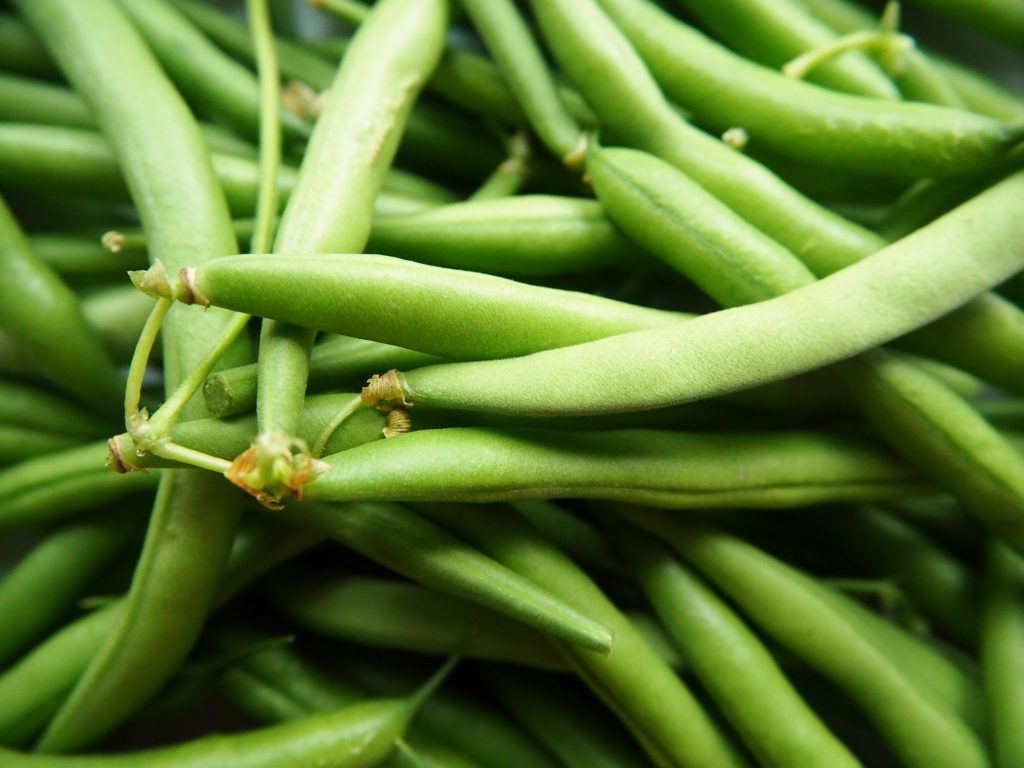
Plant beans in July for short-season varieties that adapt well to your local climate. They require warmth and sun to flourish, presenting you with an excellent source of protein in salads or main dishes.
Sweet Corn

You still have time to plant sweet corn in these regions in July. Make sure to space them correctly for optimal pollination, leading up to hearty, sweet kernels by late summer.
Cucumbers

With an abundance of warmth, cucumbers will thrive in the summer growing season. Their fast development and easy-care requirements make them a gardener’s favorite for fresh summer produce.
Southern Peas
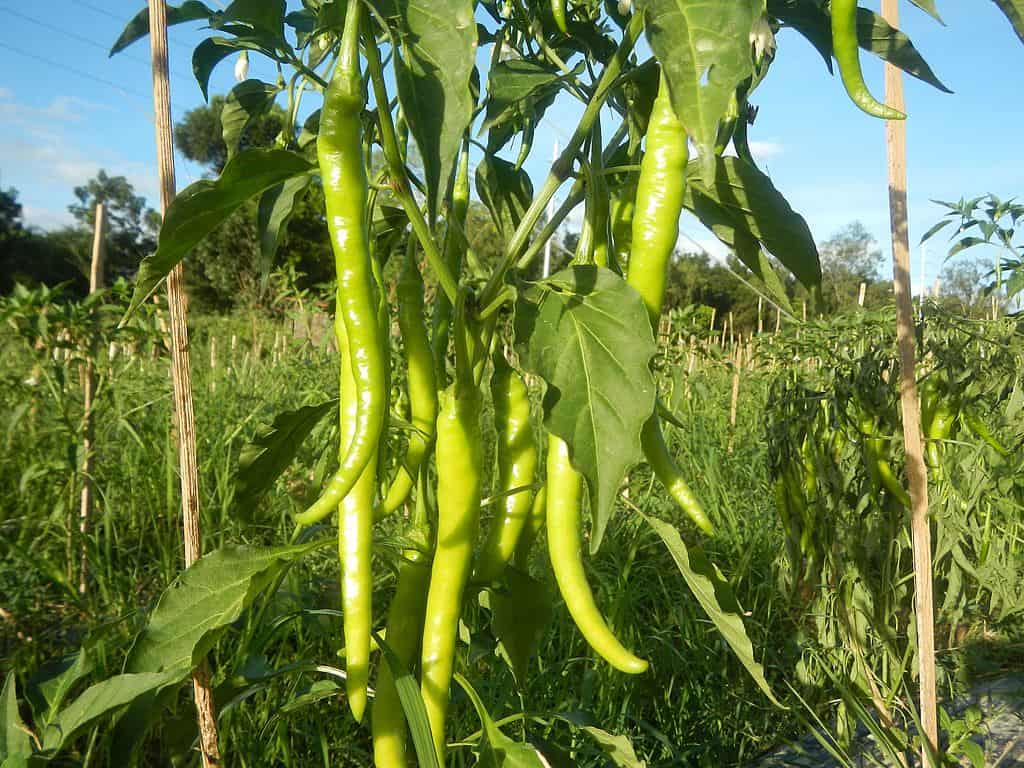
Southern peas, including black-eyed peas and cowpeas, thrive well in the heat and humidity, making them ideal for planting in July. Their adaptability and flavor make them a valuable crop that can enrich your meals.
Okra
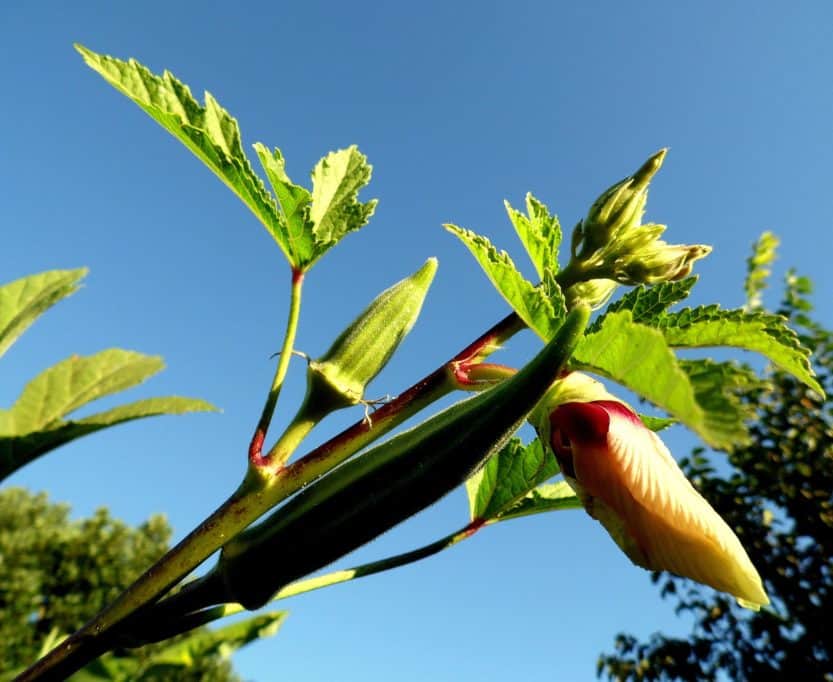
Okra is a heat-loving plant that flourishes well into late summer. Planting it in July allows for a robust plant growth that produces delicious, versatile pods enjoyable in numerous dishes.
Flower Seeds to Plant in July
As the summer blooms in full swing, July presents a unique opportunity to add colorful flowers to your garden. These vibrant blooms can enhance your outdoor space with beauty and fragrance while attracting beneficial insects. Below are ten stunning flower seeds you can plant in July, complete with tips and characteristics to help you choose the best ones for your garden.
Zinnia
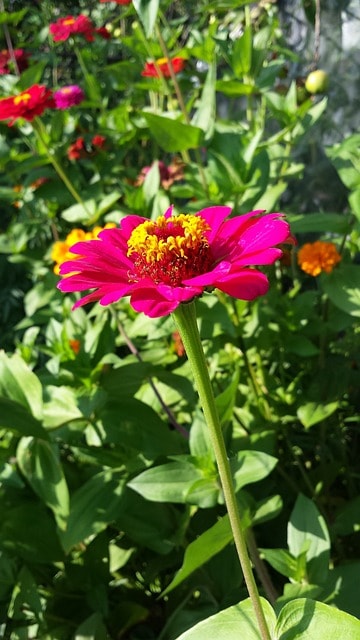
Zinnias are a true favorite among gardeners, loved for their vivid colors and charming simplicity. These vibrant blooms come in a variety of shapes and sizes, from tiny pom-poms to large, daisy-like flowers. Zinnias thrive in sunny spots and appreciate well-drained soil. They are remarkably tolerant of heat and drought, making them excellent companions for summer gardens. Additionally, zinnias are known to attract butterflies, turning your garden into a lively spectacle. With little maintenance, they produce continuous blooms from summer through fall, adding a delightful touch to any landscape.
Sunflowers

Sunflowers are the giants of the garden, known for their tall stature, large, cheerful faces, and ability to bring smiles to anyone who sees them. Planting sunflowers in July ensures you’ll enjoy their stunning displays by late summer and into fall. They thrive in full sunlight and well-drained soil, and their deep roots help them resist drought. An added benefit is their ability to attract pollinators such as bees and butterflies, making them excellent for both aesthetic and ecological purposes. Whether you choose classic yellow or more exotic varieties, sunflowers can bring a joyful, sunny vibe to your backyard.
Cosmos

If you’re looking for a flower that is both playful and resilient, cosmos are the way to go. These charming blooms come in a variety of colors, including white, pink, and purple, and are known for their daisy-like appearance. Cosmos are drought-tolerant and thrive in full sun, providing a whimsical touch to any garden. They bloom generously from summer until frost, making them a perfect choice for continuous color. Additionally, their simple beauty attracts pollinators, enhancing the health and vibrancy of your garden.
Marigold
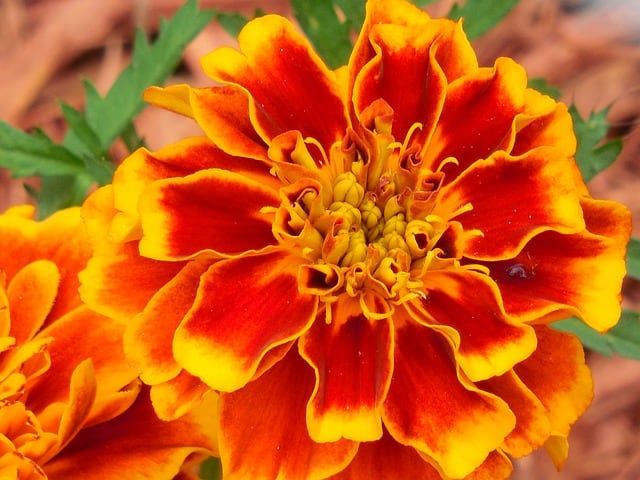
Marigolds are a gardening classic, cherished not only for their vibrant colors but also for their practical pest-repelling properties. Planting marigold seeds in July allows you to enjoy a continuous display of yellow, orange, and red blooms throughout the summer. These hardy flowers thrive in sunny, well-drained spots, and their strong scent can deter many common garden pests, making them a natural companion for vegetable gardens. With minimal care, marigolds can add a splash of color while keeping your plants safe from harm.
Morning Glory

Morning glories are enchanting, climbing flowers that can add vertical interest to your garden. With their heart-shaped leaves and stunning trumpet-like blooms, these flowers can quickly cover fences, trellises, and arbors, creating a mesmerizing backdrop. Plant morning glory seeds in July, and you’ll enjoy a show of color by late summer. They thrive in full sun and can adapt to most soil types, although they prefer well-drained soil. Plant them where they can climb and spread—these flowers will reward you with stunning displays and a burst of nostalgia.
Nasturtium
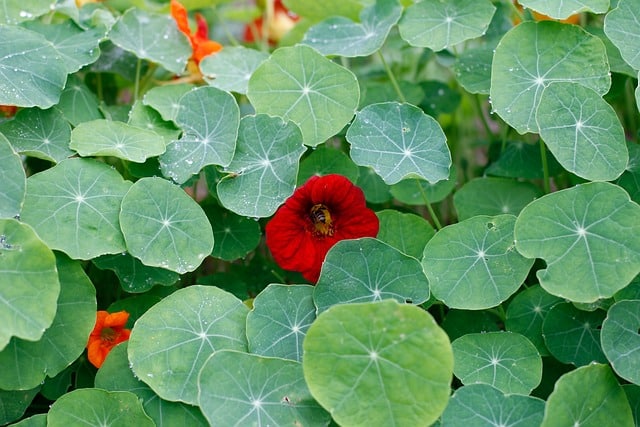
Nasturtiums are not just beautiful; they are also edible, making them a delightful addition to any garden. Their vibrant flowers come in shades of red, orange, and yellow, providing eye-catching color and wonderful flavors to salads and dishes. These annuals thrive in warmer weather and prefer well-drained soil. Nasturtiums can grow as trailing plants or upright bushes, offering versatility for different garden settings. Additionally, they attract beneficial insects, making them a perfect companion for various vegetables. with their bright blooms and culinary uses, nasturtiums add both color and flavor to your garden.
Petunia
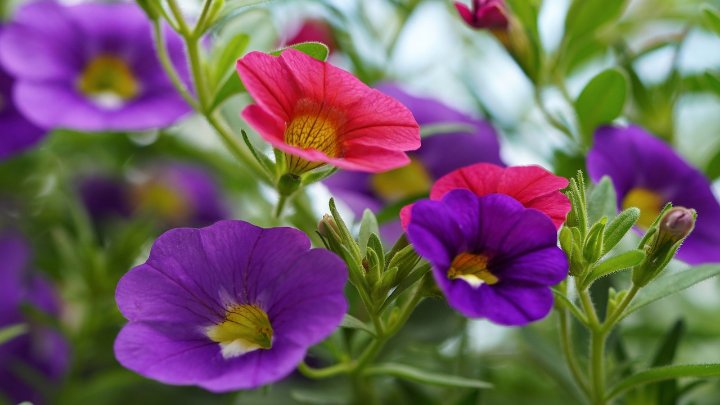
Petunias are among the most popular flowering plants, appreciated for their incredible variety of colors, patterns, and forms. They are well-suited for containers, hanging baskets, and garden beds alike, creating a stunning display. Planting petunia seeds in July can result in an explosion of blooms throughout the summer, as they thrive in full sun and favor well-drained soil. Regular deadheading encourages more blooms, ensuring you enjoy a long-lasting floral show. Petunias not only beautify your space but also draw in butterflies, making them a great choice for any garden enthusiast.
Snapdragon
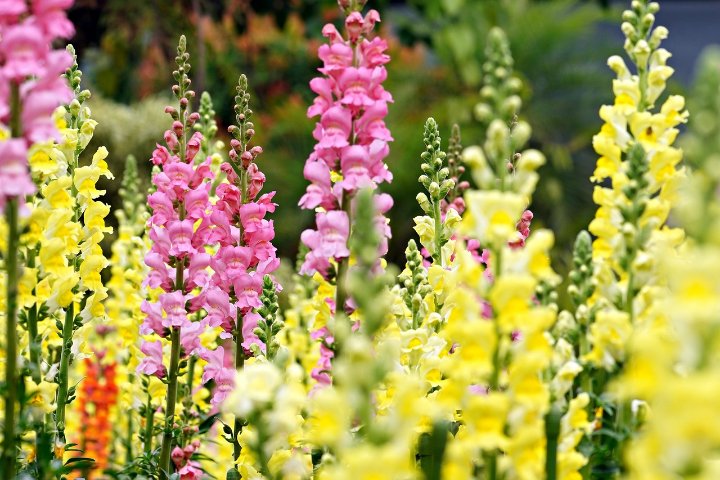
Snapdragons are known for their tall, architectural form, providing height and structure to garden designs. These charming blossoms come in a variety of colors and attract bees and butterflies, fostering a lively garden atmosphere. When sowed in July, snapdragons will bloom in the late summer and fall, adding unique colors to your floral arrangements. They prefer full sun to partial shade and thrive in well-drained soil. Snapdragons can be planted in clusters or rows, creating stunning pathways and borders in your garden.
Dahlia
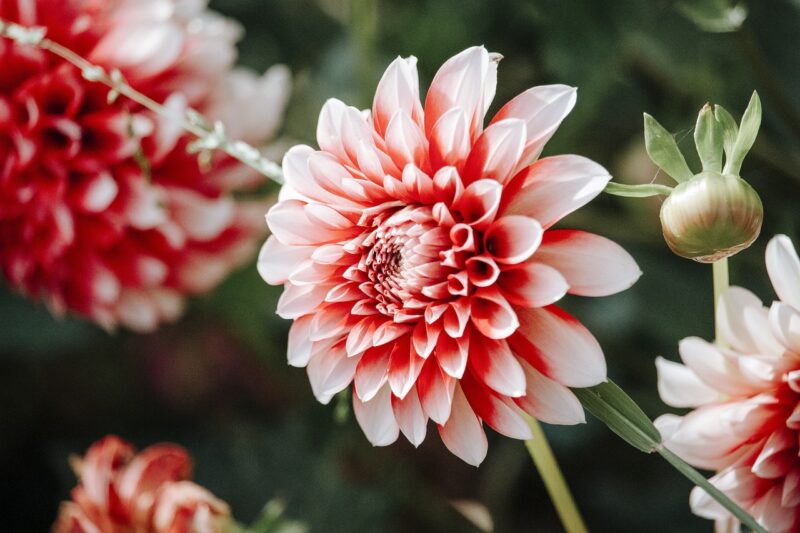
Dahlias are renowned for their breathtaking blooms, ranging from petite to enormous varieties that can create a centerpiece in any garden. Planting dahlia tubers in July allows you to enjoy stunning flowers throughout late summer and into fall. These plants prefer full sun and well-drained soil, flourishing with adequate watering. Their makeup includes a wide variety of colors and forms, making them beloved among landscape designers and florists alike. With an ongoing bloom cycle, dahlias can be a favorite pick for bouquets and arrangements, catching the eye of anyone passing by.
Perennials to Plant in July
Perennials can redefine your garden, offering recurring beauty and structure year after year. Planting perennials in July is an excellent way to establish long-lasting plants that will bloom across seasons, providing landscape stability with less upkeep. Here are ten stunning perennials to consider adding to your garden this July.
Daylilies
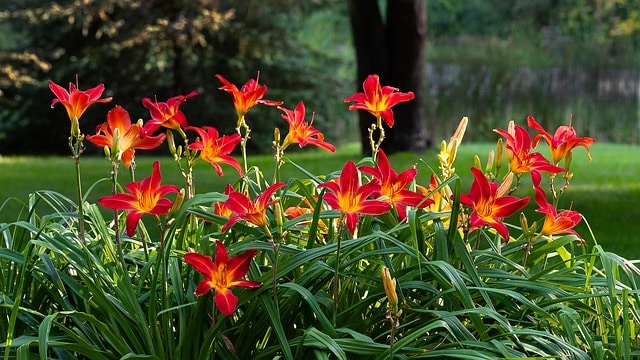
Daylilies are hardy, versatile plants that yield vibrant blooms in a wide array of colors. These easy-care perennials thrive in a variety of conditions and are drought-tolerant, making them perfect for gardeners with differing climates. Once planted, daylilies will return year after year, providing structure, color, and unexpected beauty to your garden beds. Plant them in well-drained soil and full sun to enjoy their lovely flowers throughout the summer.
Coneflower
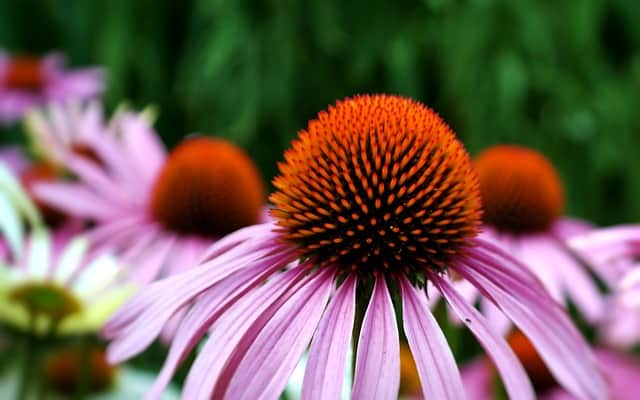
Coneflowers, or echinacea, are famed for their striking purple petals and sturdy disposition. Known for attracting pollinators, they thrive in sunny locations and are drought-tolerant once established. Planting coneflowers in July ensures they will bloom in late summer, providing a beautiful complement to perennial borders. Their resilient nature makes them a favorite among gardeners, showcasing lovely blooms while requiring minimal care.
Black-eyed Susan
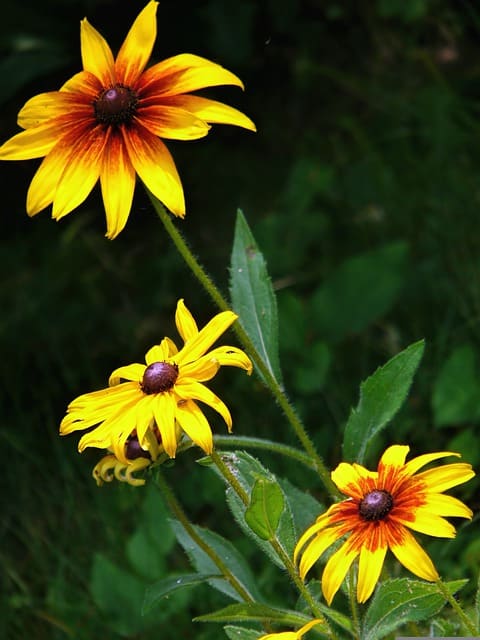
Black-eyed Susans are cheerful, sunny perennials that bring warmth and brightness to any garden. These iconic flowers thrive in well-drained soil and full sun, blooming from summer into fall. Their vibrant yellow petals and dark centers attract pollinators and are well-suited for naturalized settings. Plant them in July to ensure a spectacular display throughout the summer months, creating a cheerful landscape that captivates anyone who sees them.
Phlox
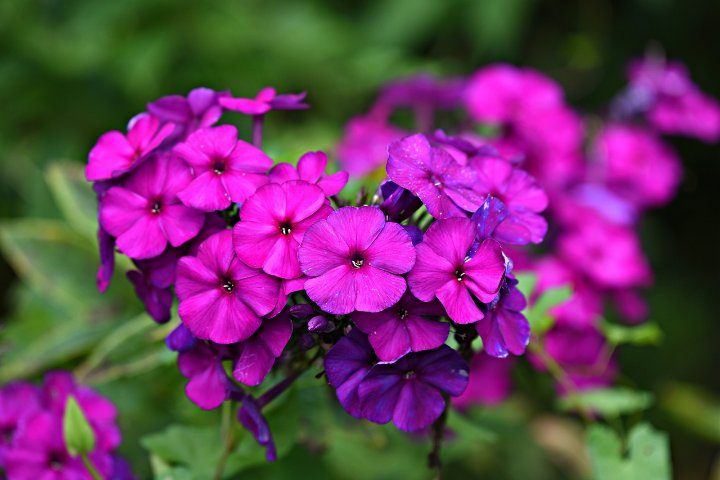
Phlox are admired for their aromatic clusters and stunning colors, ranging from soft pastels to bold hues. Planting phlox in July allows you to enjoy vibrant blooms throughout late summer. These perennials thrive in full sun to partial shade and well-drained soil. With their ability to attract butterflies, phlox not only enhances your garden’s beauty but also supports local wildlife, making them an excellent addition to any flower bed.
Sedum

Sedums, or stonecrops, are hardy perennials that thrive in dry conditions, making them perfect for rock gardens or low-maintenance areas. Their succulent leaves come in various textures and colors, providing visual interest year-round. Planting sedums in July allows for their full development and beauty in the upcoming months. They prefer full sun and are tolerant of drought, making them a reliable choice for those looking for a resilient yet attractive plant.
Russian Sage
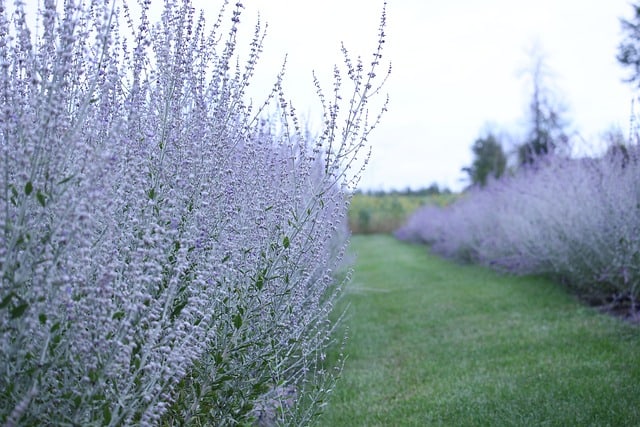
Russian sage is a striking addition to any garden, known for its aromatic silver foliage and delicate purple blooms. This perennial prefers well-drained soil and thrives in hot, dry conditions, making it ideal for sunny spots in your landscape. Planting Russian sage in July ensures it establishes well before the cooler months arrive. Its visual appeal and pleasant fragrance make it a wonderful choice for attracting pollinators while adding a soft texture to your garden beds.
Coreopsis
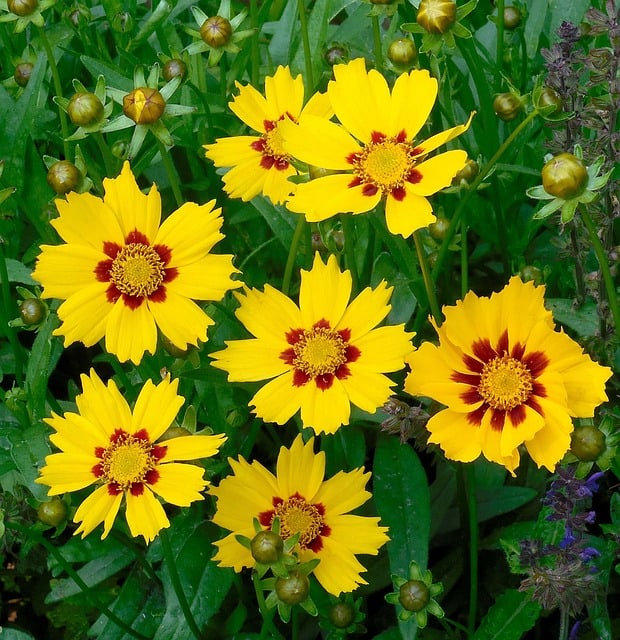
Coreopsis is recognized for its hardy yellow flowers that brighten up gardens, bringing vibrant sunny colors to landscapes. These perennials thrive in well-drained soil and can self-seed, making them easy to maintain once established. Planting coreopsis in July enables long-lasting blooms that will attract butterflies and add cheer to any garden. Their ability to thrive in various soil types makes them versatile in garden design.
Iris

Reblooming irises are unique perennials that provide remarkable blooms in both spring and fall. Planting these gorgeous plants in July aids in their successful development, leading to stunning flowers during two seasons. They prefer well-drained soil and full sun, allowing them to flourish and attract pollinators. With their elegant blooms and timeless charm, reblooming irises are wonderful additions that guarantee lasting beauty.
Peonies

Peonies are often regarded as one of the most beautiful flowers, known for their lush, full blooms. Although traditionally associated with spring, planting peonies in July provides an excellent opportunity for establishing healthy plants that will deliver stunning flowers in the coming years. Peonies thrive in well-drained soil and full sun, requiring little maintenance once established. Their romantic blooms make them an exquisite addition to any garden.
Astilbe

Astilbe is a charming perennial suited for partially shaded areas, producing feathery plumes that add texture and color to the landscape. Planting astilbe in July allows them time to develop a robust root system before the fall. They prefer consistently moist soil, making them perfect for plantings near water features or areas with higher shade. With their delicate blooms, astilbe creates an air of elegance in any garden, drawing in beneficial insects like bees and butterflies.


